Event
Formula 2 2024 season How the F2 field tackled set-up with the new car in Spain
by Ben Anderson
7min read
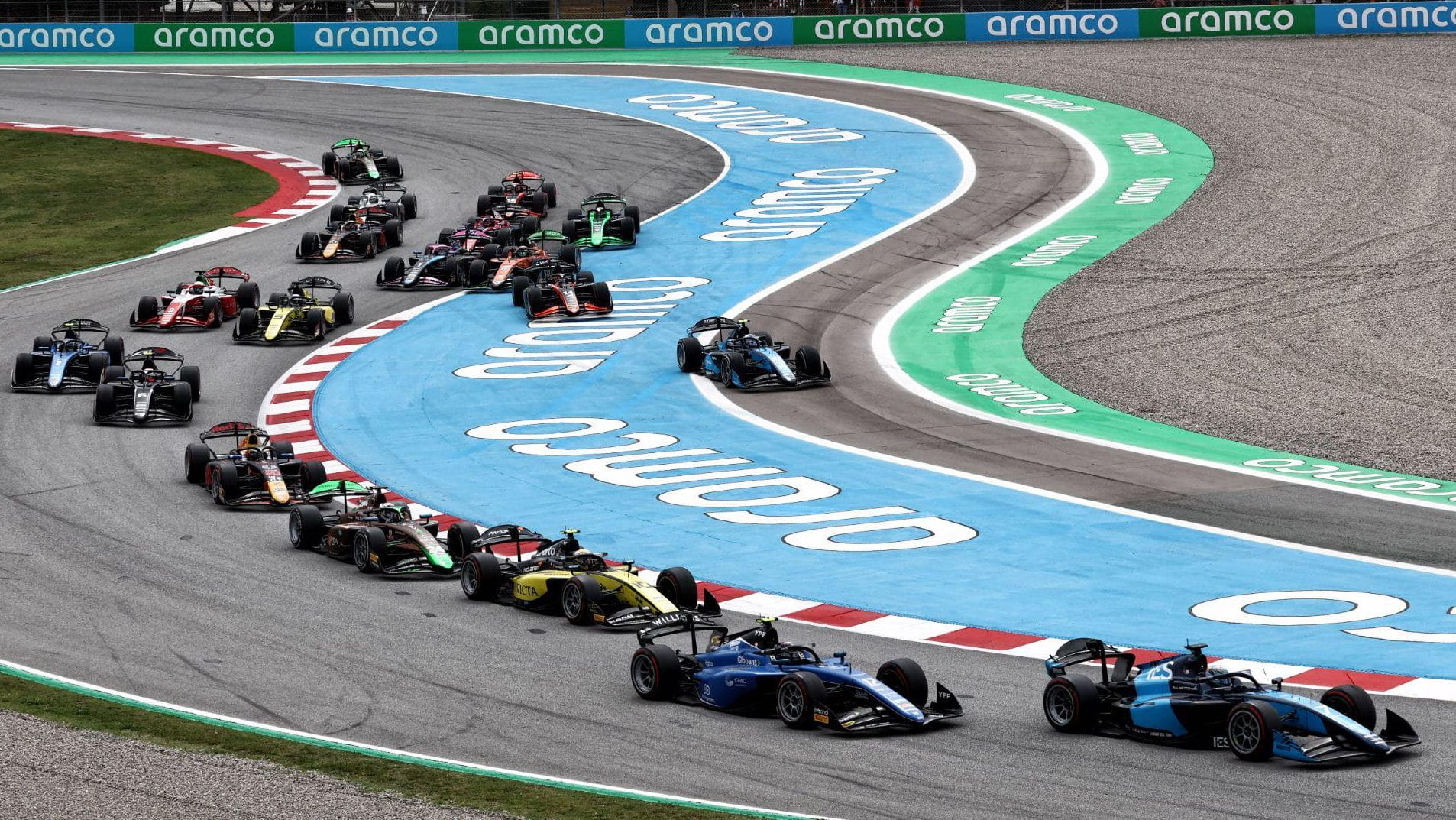
Circuit de Barcelona-Catalunya held the sixth round of the 2024 Formula 2 season and with it the first ‘all-round’ challenge for the new F2 car.
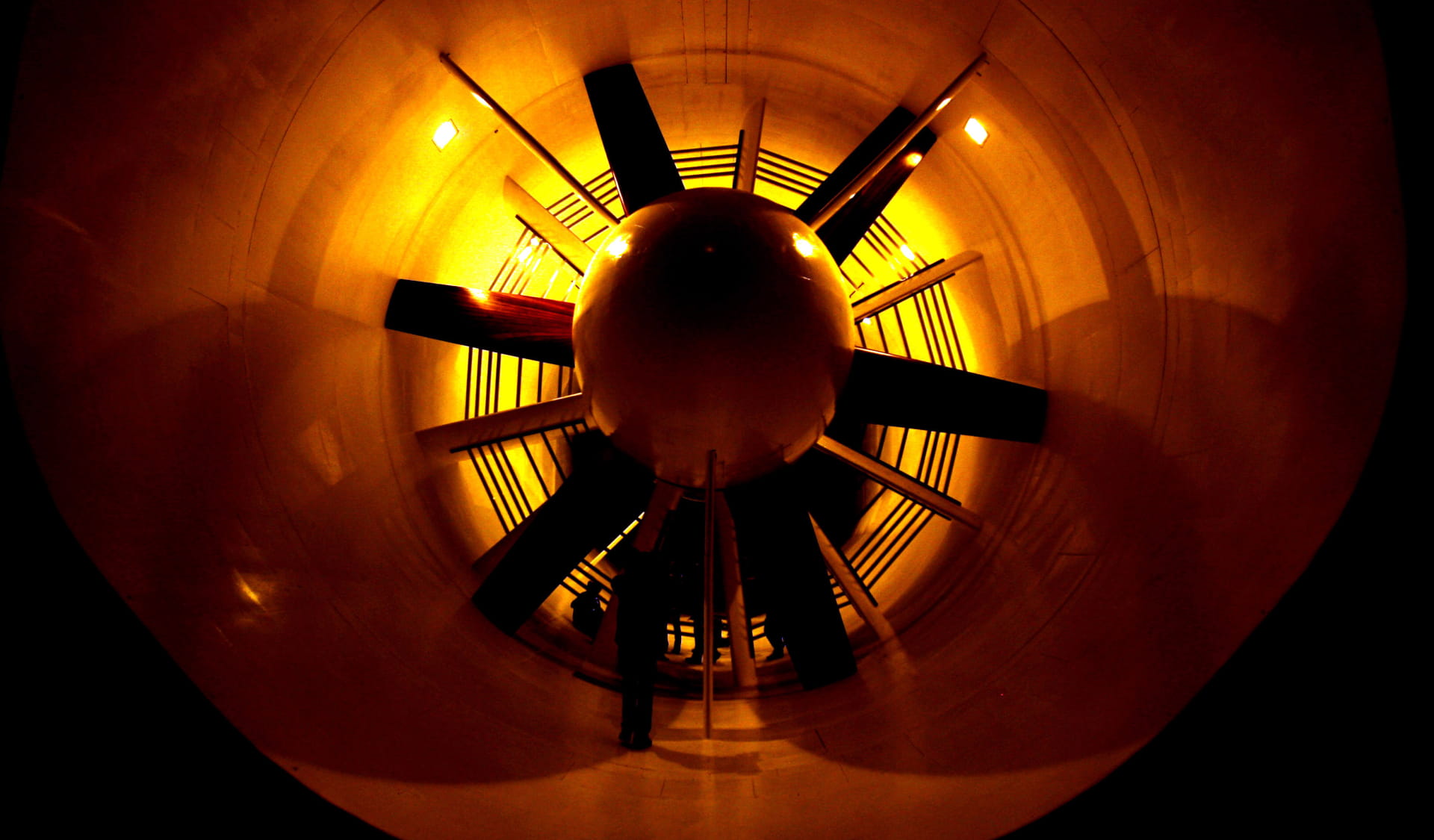
Innovation
Ground effect in F1: How aviation pioneers sparked a motorsport revolution
F2’s switch to an all-new car for 2024, aiming to better match the feeder series to Formula 1’s current ground-effect aerodynamic philosophy, has created some interesting new technical challenges for the teams and drivers to contend with.
As a more ‘traditional’ circuit with a mix of low, medium and high-speed corners, plus a long straight where the Drag Reduction System (DRS) can be enabled, Circuit de Barcelona-Catalunya provided a clearer picture of how teams have been dealing with the new F2 car and the challenges the new car has put forward to engineers.
Why the new F2 rear wing isn’t just a superficial change
What appears to be a broadly cosmetic change to the car in terms of the top-body aerodynamic surfaces – in particular that larger-profile arched rear wing – is actually far more fundamental in terms of how these Formula 2 cars now generate their performance.
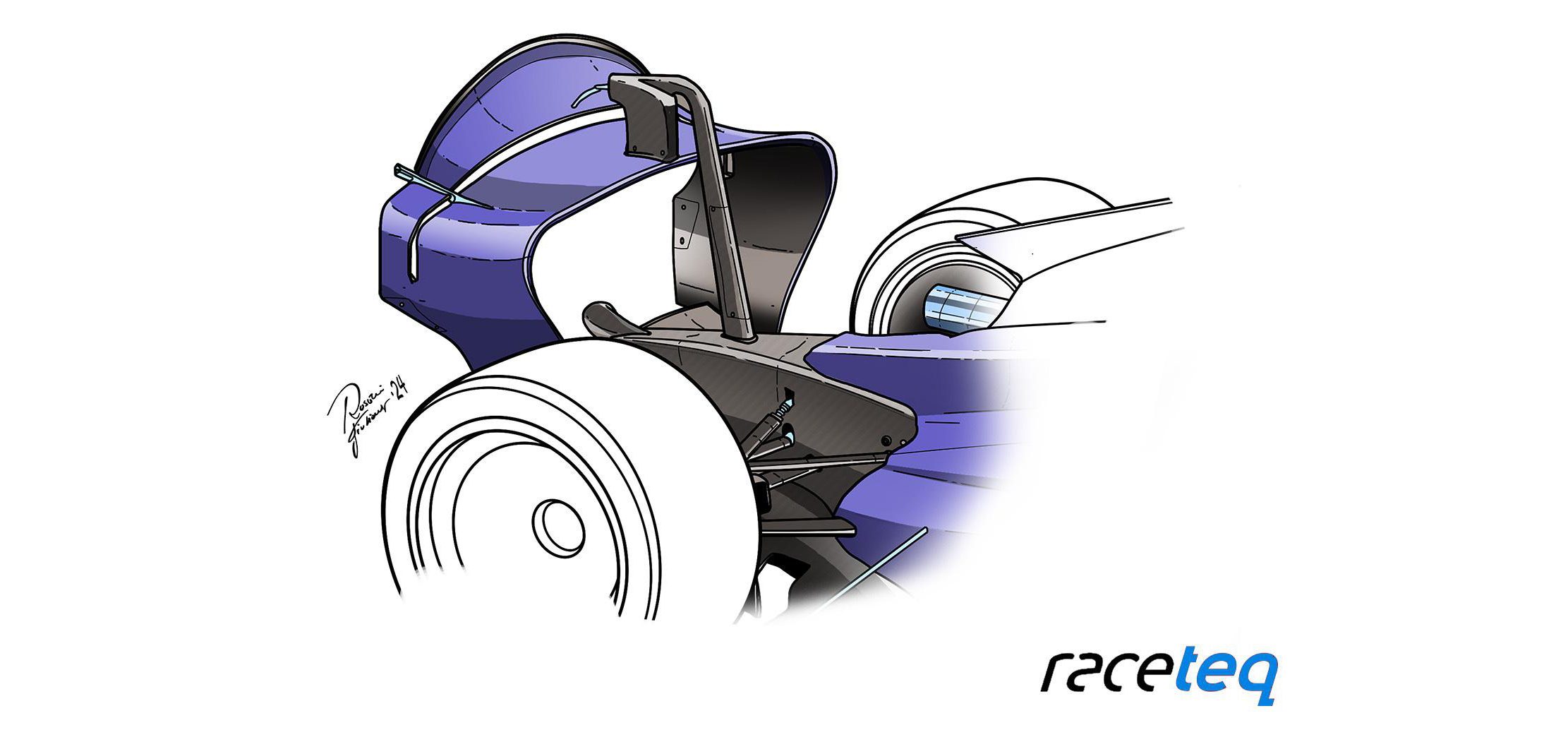
An illustration showing the curved rear wing of the new Formula 2 car
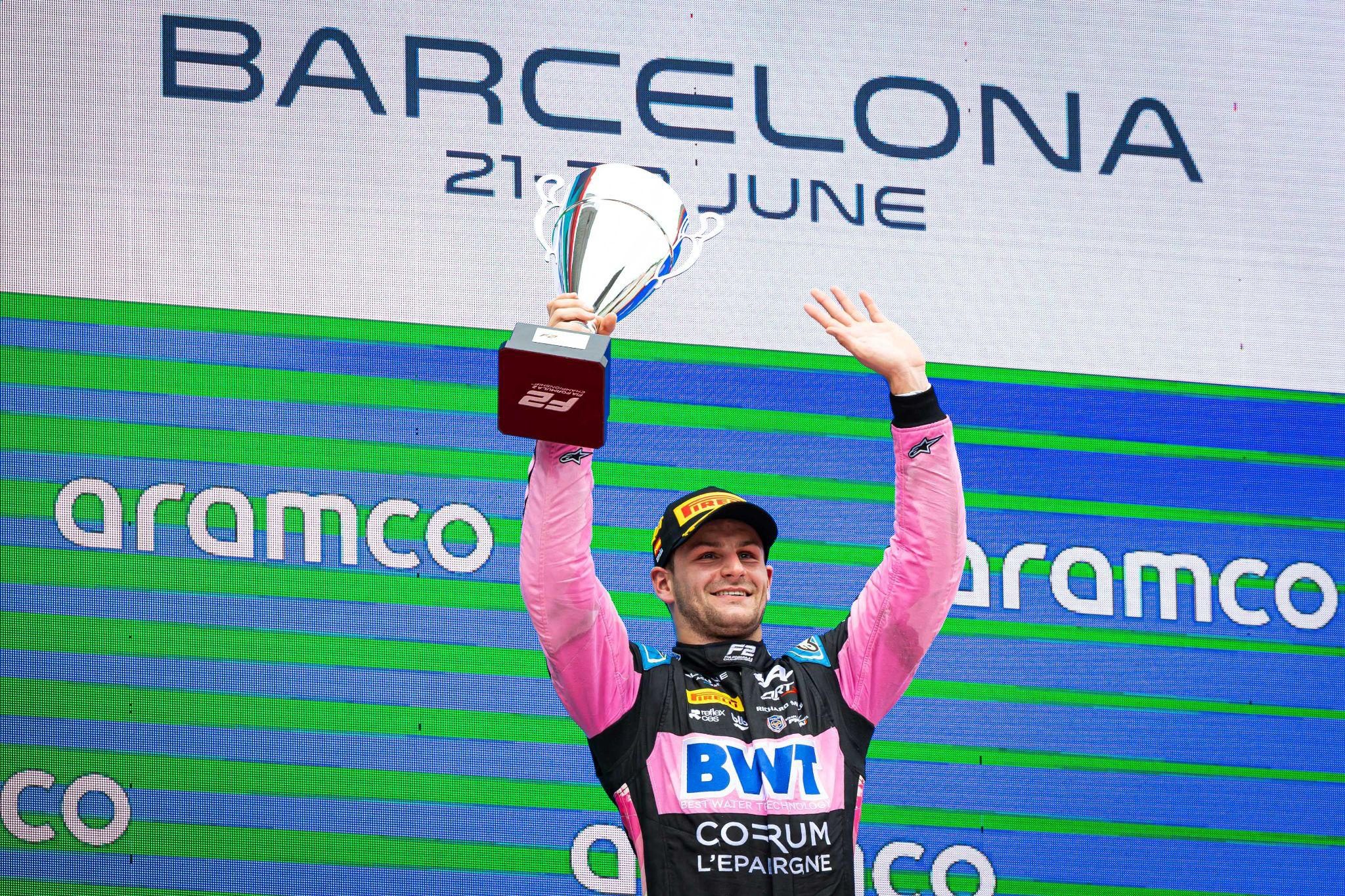
ART Grand Prix’s Victor Martins won the 2024 F2 sprint race in Spain
“It’s not only cosmetic,” Guillaume Capietto, technical director of the Prema team, told RaceTeq. “Of course, it’s what you see from the outside but also the whole aero map and the way to operate the car on track is relatively different.
“At the beginning, honestly, I think most of the teams took that it was only an aero change and you would have to run the car in a different ride height configuration and wing configuration, but at the end, after some tests at the beginning of the season, it has also an impact on how you ride your car on-track, the vertical damping, etcetera.
“The global downforce of the car is relatively similar [to 2023], but the way you produce this downforce is different and the aero map is much more peaky, so you have an efficiency point that is much more narrow in terms of ride height compared to the previous car – and that forces you to run a bit differently mechanically to adapt.
“And then you create some other problems on the tyres… that you have to understand… The car is a bit less stable over all positions compared to last year, so if you don’t set it up right you have a bit more instability,” Capietto explains.
This “instability” is down to what Capietto calls a “much more peaky” aero map, which means that downforce is generally lower, but at certain points, higher levels of downforce can be achieved than before by flow across the aerodynamic surfaces of the car – which means the new car is inherently more unstable for drivers.
The car is a bit less stable over all positions compared to last year, so if you don’t set it up right you have a bit more instability
Guillaume Capietto
, Prema technical director
New F2 floor continues to prove a set-up challenge
Broadly speaking, F2 cars now generate a greater proportion of their downforce from more powerful underfloors compared to the past – just like in F1 – so that is also creating similar set-up challenges for the teams.
Namely, how low can you run your car to the ground to generate performance, and how well can you operate your car mechanically to control that aerodynamic profile as the car moves through its various transient states? F2 cars run standard and simplified suspension that cannot be developed because the rules forbid it – and this adds another challenge.
“Most of the downforce is coming from the floor now, and so the positioning of the floor is becoming even more important than it was,” confirms Rodin Motorsport chief engineer Stefan de Groot. “It was already [important] before, but even more now.
“The challenge in F2 is that the suspension is quite basic – [with] the four corner springs and bump rubbers, you can add some stiffness. We don’t have third elements and the ride height window is smaller than it used to be.”
The third element is essentially a third spring that allows for more suspension tunability and stiffness. In a Formula 1 car the third element is often a torsion spring or heave spring, which is mounted horizontally – and essentially fulfils the role of another anti-roll bar.
.jpg?cx=0.5&cy=0.5)
A diagram of an F1 car’s rear suspension with the heave spring and damper labelled – courtesy of Mercedes AMG
“There’s an optimum ride height – and you want to be as close to that as possible over the lap. And it depends from circuit to circuit if you optimise more the low-speed or the high-speed corners. The faster you go, the lower the car will be – and it depends where you want the ride heights to be perfect for the grip.
“And then bumps add to that, because you want to be soft enough [with suspension set-up] to absorb the bumps, but in order to get the ride height perfect, and as good as possible from low-speed to high-speed, you want the car to be very stiff. It’s a trade-off – and every team has different ways to optimise that. We’re just trying to make sure we’re on the right end of it.”
Circuit de Barcelona-Catalunya is a relatively smooth track, with a corner profile bias towards medium and high-speed corners with long duration. Even though Barcelona’s slow final chicane has been removed (since 2023), there is still a tradeoff to be made here with the slower corners: Turns five, 10 and 12 in particular.
The fact Barcelona is such a well-known circuit historically to the teams and drivers, with the added bonus of three days of in-season testing conducted here in April, means there should be even fewer surprises in terms of set-up configuration and how to extract that performance from the car.
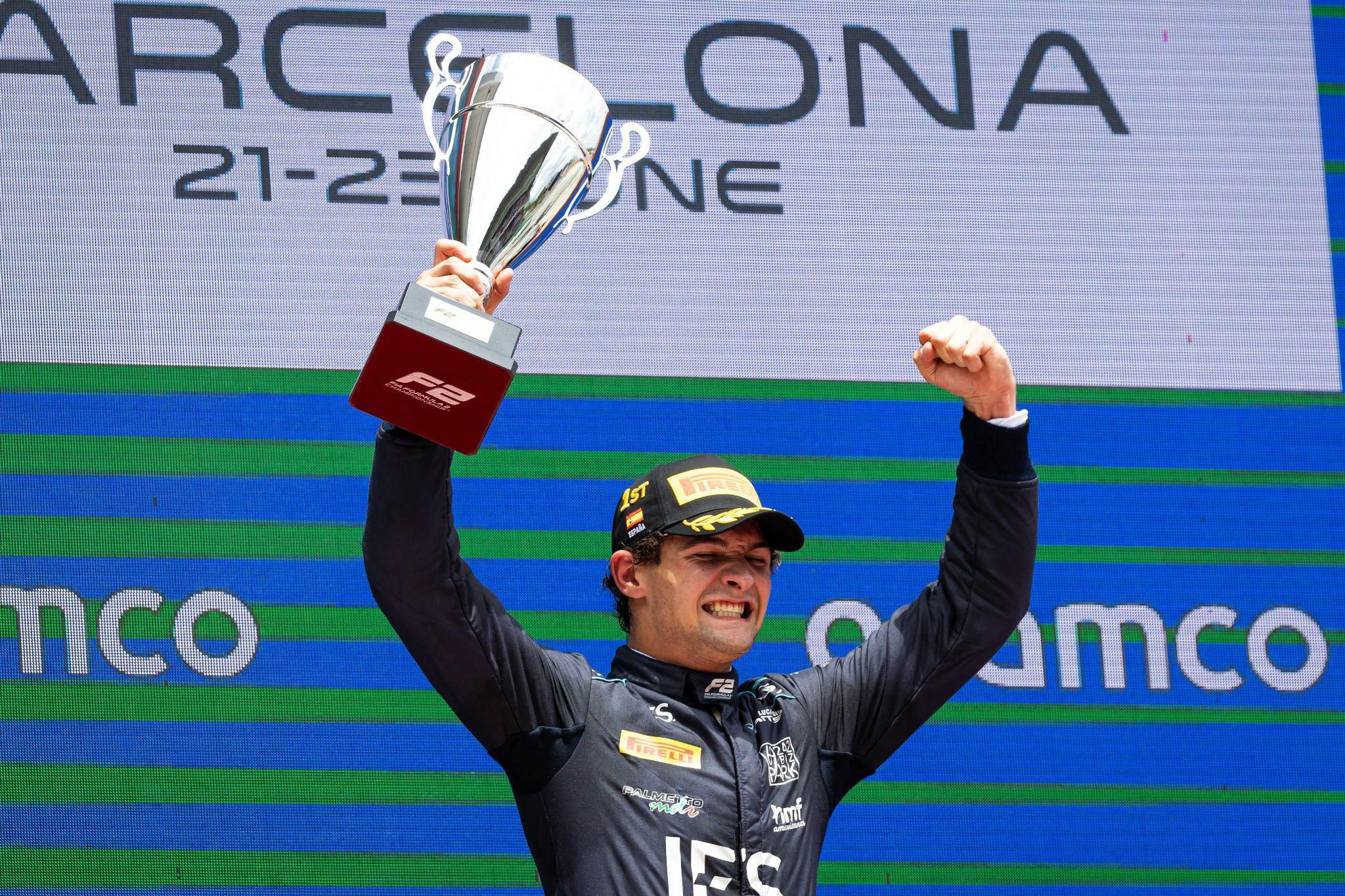
DAMS driver Jak Crawford celebrates his 2024 F2 feature race win in Spain
Hot temperatures cause tyre wear issues
The challenge for the drivers seems to be broadly similar to before – the Pirelli tyres are very sensitive to temperature and, on what is usually quite a hot Barcelona track, it becomes a game of how you manage that by not over-stressing the tyres and creating a vicious cycle of thermal runaway.
“Because of the [new] aero [map] you have to change a bit the mechanical [set-up] and that has an impact on how you heat up your tyres, because any stiffness you put on the suspension gives impulse [applies more force] to the tyre, and harder suspension will also be harder for the tyre and vice versa,” says Capietto.
The challenge at Barcelona is to generate sufficient front tyre temperature for Turns one and two at the start of the lap, without the benefit of many heavy braking zones to help generate that temperature. You then have to set the car up to not overload the outside front tyre through that long, fast right-hander at Turn three.
If you lose the grip of that tyre you will start to pick up understeer that will kill your lap time at the entries to Turns four, nine and 12 and the very fast sweeps of Turns 13 and 14 that conclude the lap.
It’s very likely that everybody is starting to work the car out
Stefan de Groot
, Rodin Motorsport chief engineer
But if you go too far in trying to adjust the balance to give a better initial bite of front grip into those corners, you run the risk of creating too much rear instability that will compound over a race stint into something that will destroy the rear tyres too quickly and leave you scrabbling for traction at the end of a long race.
“And the balance also is changing from the beginning of the stint to the end of the stint,” says Capietto. “Sometimes you can start with a relatively neutral car and finish with understeer or oversteer depending on the layout of the track.”
As the teams and drivers are gaining a better understanding of the new car, thanks to greater familiarity, more running, some additional testing and – in Barcelona especially – now running on a circuit that is inherently more familiar and better understood, you naturally begin to see a greater convergence in how the car is optimised.
And then it becomes much more about how individual drivers and teams execute a given session.
The extra factor that influenced qualifying in Spain
In Barcelona, the top five in qualifying were separated by just over a tenth of a second. There were seven drivers from seven different teams occupying the top seven places on the timesheet – with just 0.222 seconds covering them.
When the field is so tight like this, the line between success and failure becomes incredibly thin, and puts increased emphasis on the minor details.
“It’s very likely that everybody is starting to work the car out,” confirms de Groot. “And, because mechanically not a lot has changed, I think the teams are just really matched in general – so it’s all about really small things…”
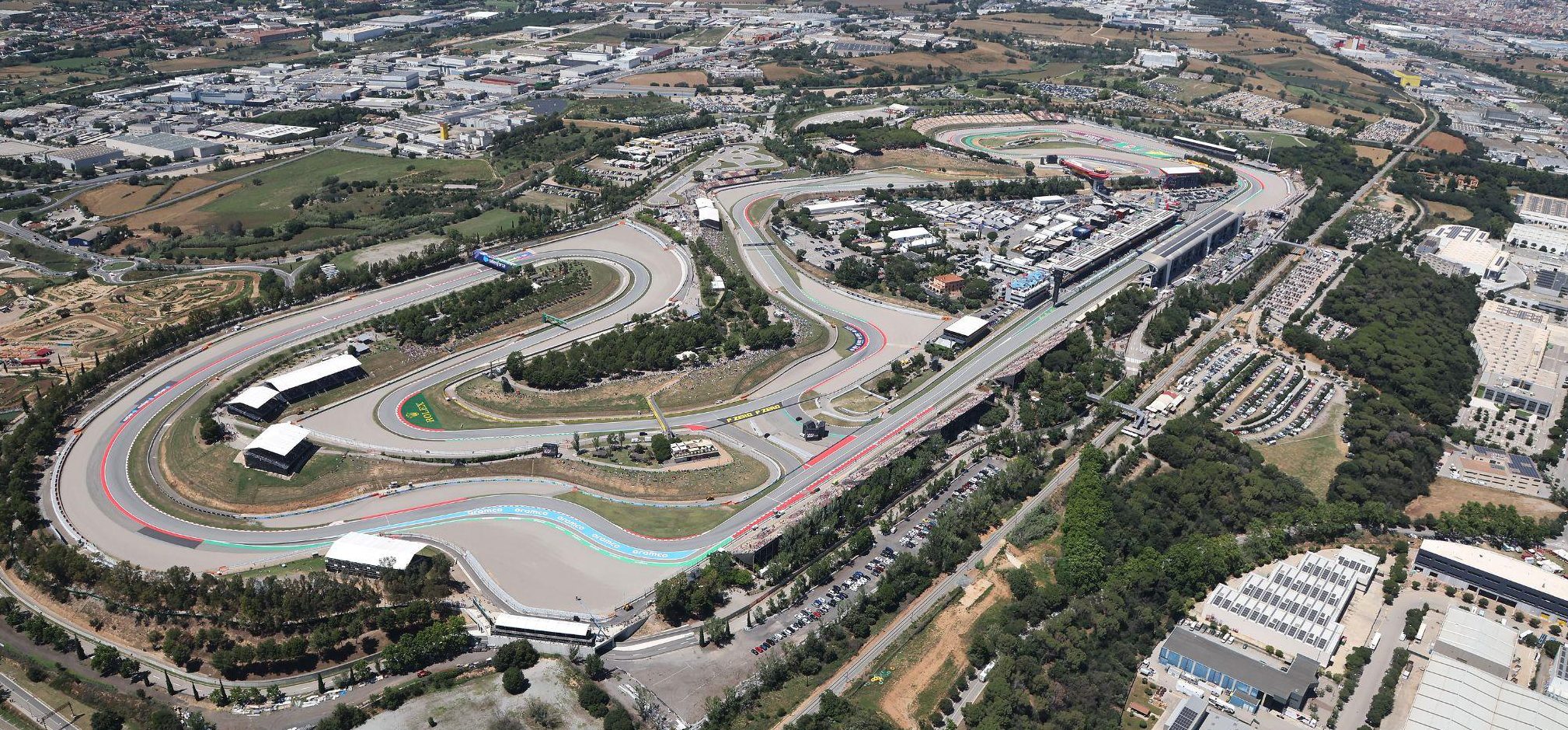
A bird’s eye view of Circuit de Barcelona-Catalunya with the first sector on the left-hand side
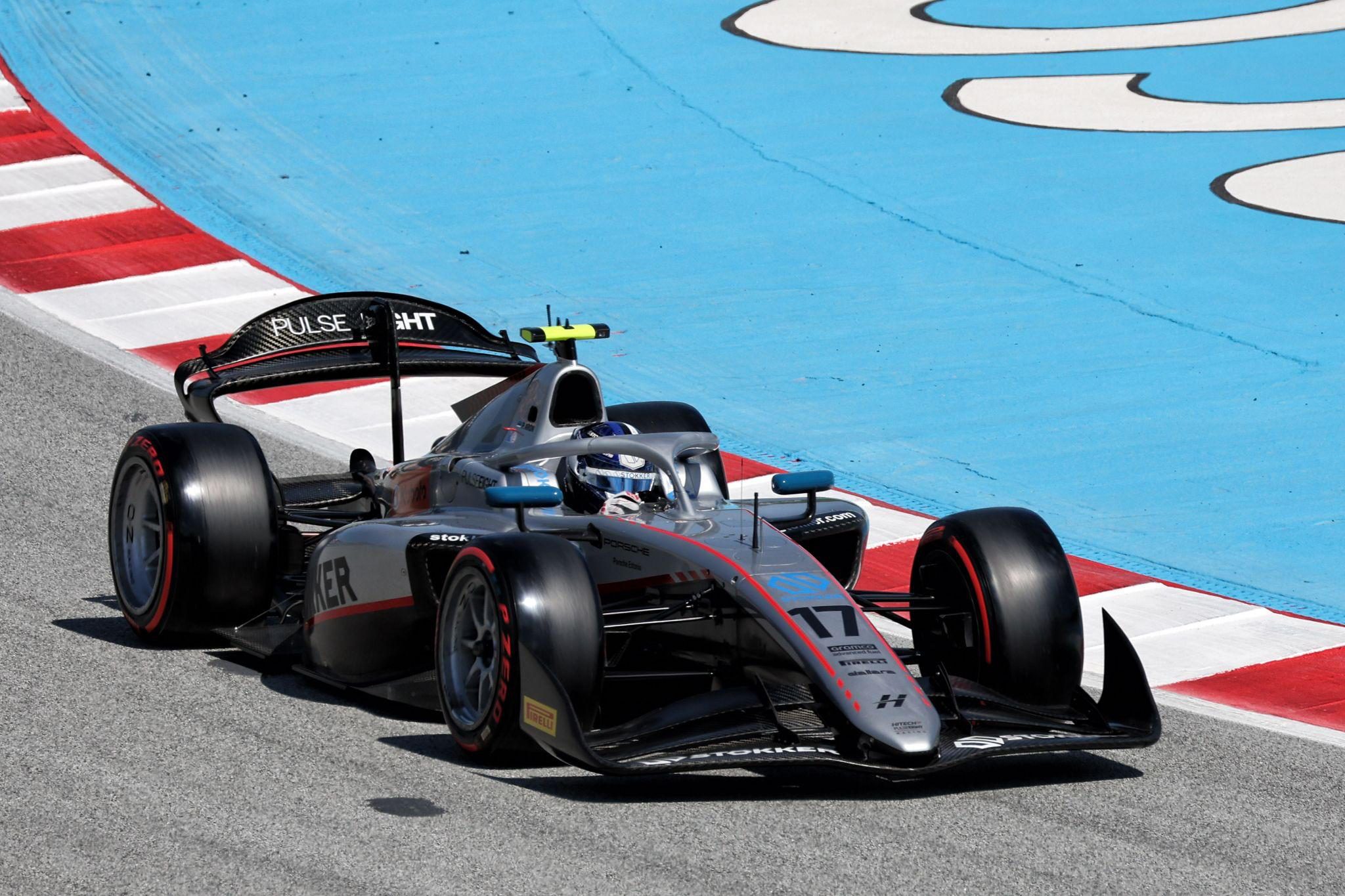
Hitech driver Paul Aron took pole position for the 2024 F2 feature race in Spain
In qualifying, Hitech’s Paul Aron took pole position by just 0.002s – and just 0.006s separated him from third placed MP Motorsport driver Franco Colapinto. That sort of deficit can barely be detected in data analysis – it comes down to the most minor details of driving technique, tyre life and track condition.
One of those details is wind. Not only can wind throw drivers off the ideal racing line, or the racing line they have chosen through a corner, but a headwind can limit the straight-line speed of a car – while a tailwind can give a driver a small top speed boost.
Of course, a tailwind can throw drivers off as they brake – especially at the end of a long straight and into a hard-braking zone such as Turn one at this circuit.
“I think a big factor in this session was the wind,” concurred Aron after taking pole position for the feature race on Sunday (when he finished fourth).
“It was really, really windy – and it was a tailwind on most high-speed sections of the track, which is always a tricky thing to manage. And on top of that it was very gusty. So, from lap to lap, the wind direction and the strength could change quite a bit, so it was hard to predict going into the corners.”
Heading into the next race at the Red Bull Ring in Austria, Aron holds a 10-point margin over Campos Racing driver Isack Hadjar. Small margins indeed.
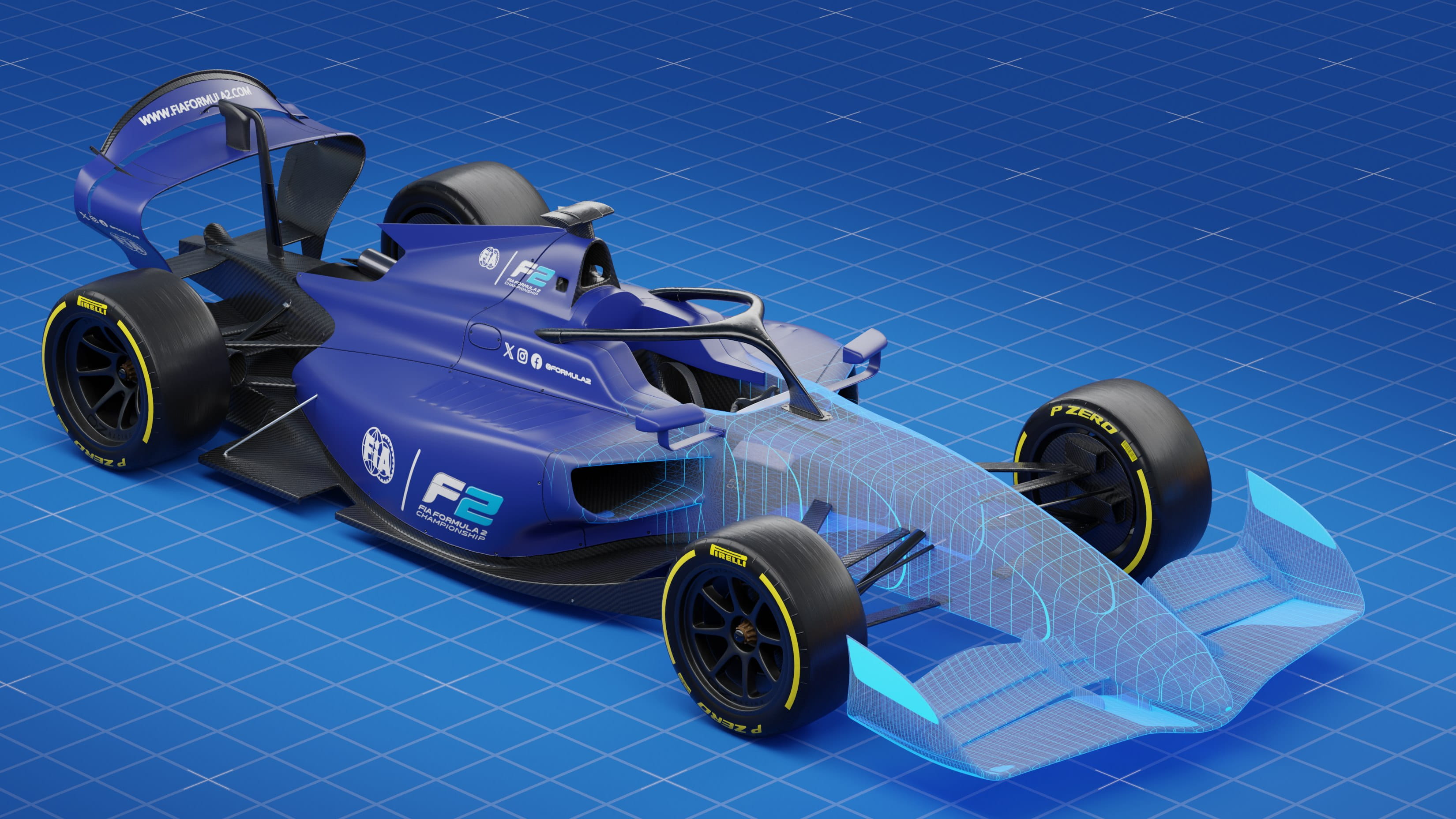
.jpg?cx=0.5&cy=0.5)
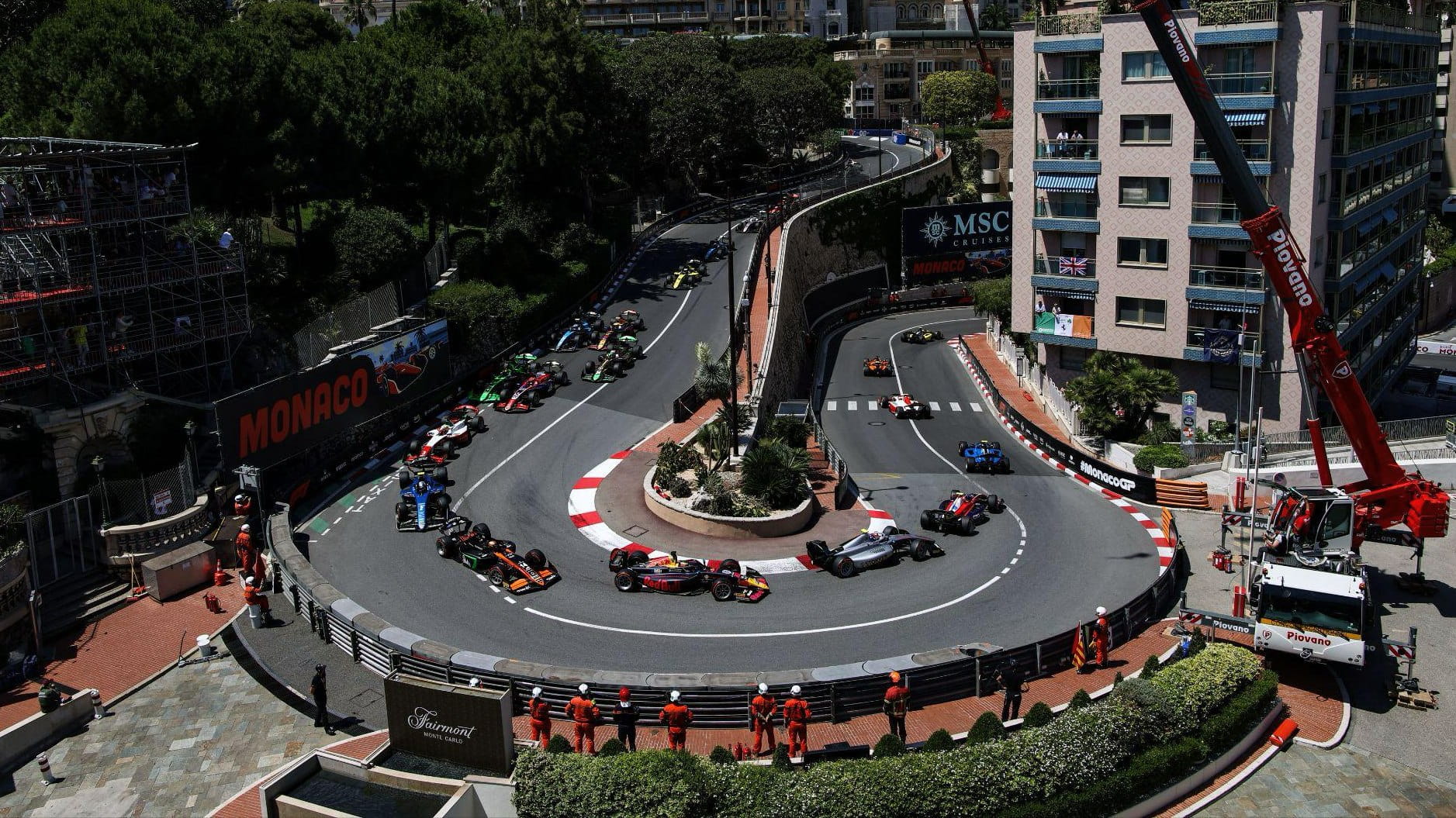
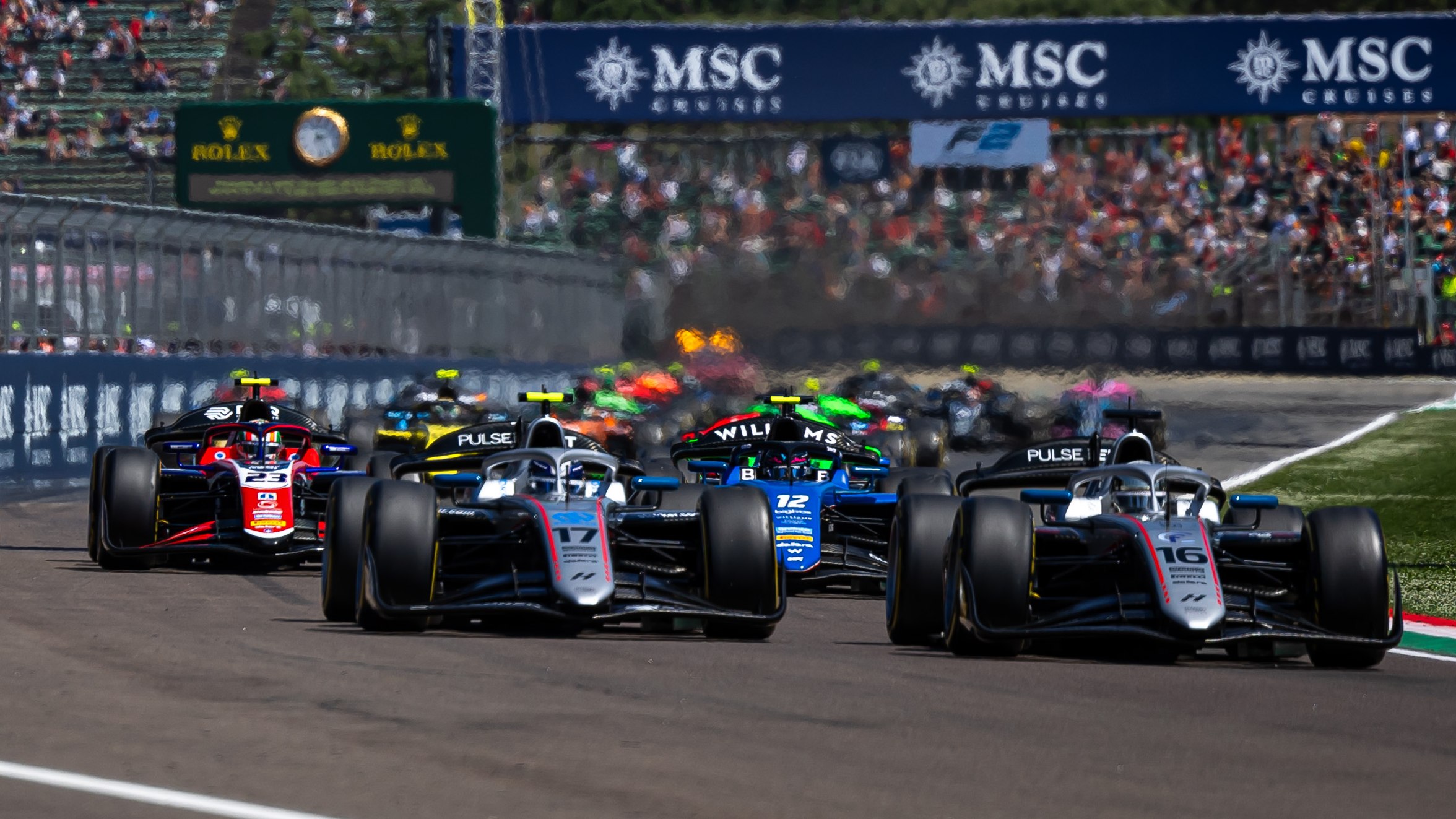
.jpg?cx=0.5&cy=0.5)
.jpg?cx=0.5&cy=0.5)